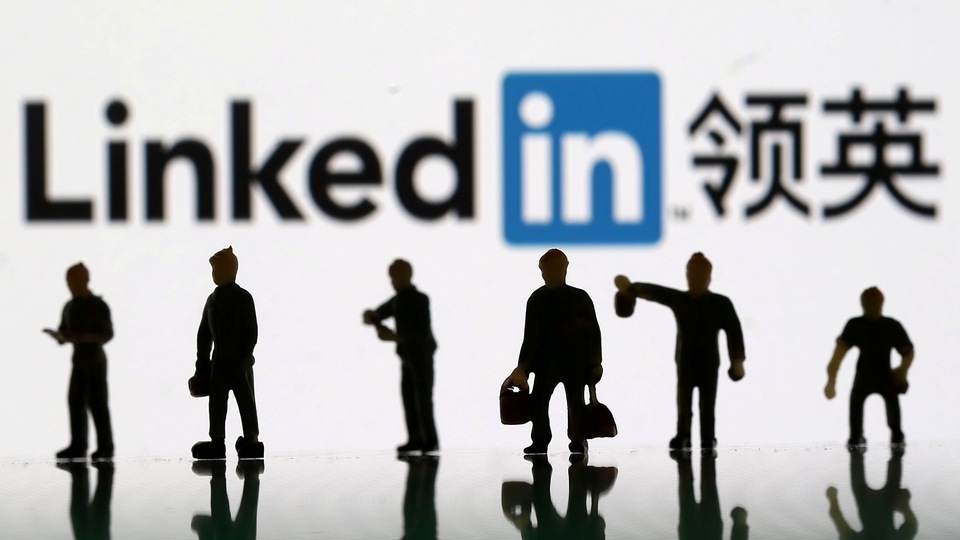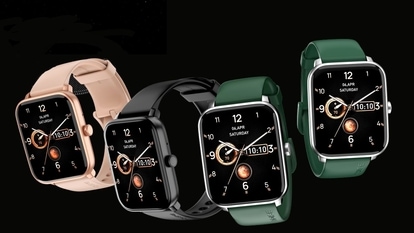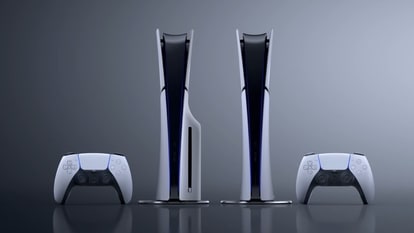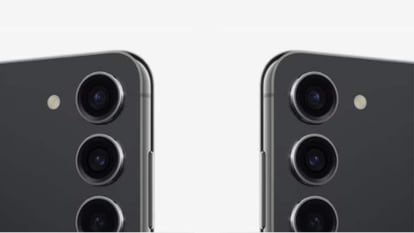LinkedIn’s Future Is a Joke
The professional network has more than 850 mn users but a dearth of non-cringey content.

I recently saw one of the most absurd LinkedIn posts — and odds are good that you may have, too.
Alex Cohen, a product manager for Carbon Health, relayed the story of how he saved money for his startup while on a business trip. Instead of ordering room service, Cohen says, he bought some raw chicken breast and cooked it using the hotel room's coffee brewing pot. He posted this image, saying, “It's the little things that get you promoted.”
It was all a joke, as Cohen later admitted. But not before his tale went viral on LinkedIn, then Reddit and Twitter. The post ultimately garnered thousands of replies and millions of impressions.
“The beautiful part about LinkedIn is that because it's professional, everyone expects posts to be professional and they take it all at face value,” Cohen tells me. “You can really push satire, and while my coffee-pot chicken was a joke, I've seen wilder stories on the platform turn out to be true — like the ‘crying CEO.'”
In a digital world where attention is the scarcest resource, the coffee-pot-chicken story is the perfect example of how a skilled practitioner can use humor to pull eyeballs on LinkedIn (and beyond) — and illustrates why LinkedIn represents such a huge opportunity for entrepreneurial content providers.
To start with, LinkedIn has 850 million users. The Microsoft-owned site doesn't break out daily active users, but even a minority of that user base is comparable to traditional social networks like Snap (347 million) or Twitter (238 million).
Meanwhile, LinkedIn's ad business has surpassed $5 billion a year, which is on par with Twitter ($5.1 billion) and more than Snap ($4.1 billion) or Pinterest ($2.6 billion).
Despite the impressive numbers, LinkedIn is probably not top of mind when you think of social content. Or if you do, it's for cringe-inducing humblebrags, self-congratulatory missives and ridiculous inspirational stories (which may or may not involve a coffee-pot chicken).
In fact, LinkedIn's cringe reputation has spawned several large social media accounts dedicated to documenting the cringe: LinkedIn Flex (65,000 Twitter followers); r/LinkedInLunatics (153,000 Reddit users); and The State of LinkedIn (205,000 Twitter followers).
Why does such cringeworthy content thrive on the platform?
Well, let's remember who pays the bills for LinkedIn. The company's most valuable division is Talent Solutions, which sells recruiting tools and brings in revenue of more than $6 billion a year.
Translation: Recruiters and human resources departments are the main customers.
As Fadeke Adegbuyi explains in an Every article, “LinkedIn's Alternate Universe”:
Every platform has its royalty. On Instagram it's influencers, foodies, and photographers. Twitter belongs to the founders, journalists, celebrities, and comedians. On LinkedIn, it's hiring managers, recruiters, and business owners who hold power on the platform and have the ear of the people. The depravity of a platform where HR Managers are the rockstars speaks for itself.
With this context, humblebrags and exaggerated inspirational tales make all the sense in the world. The proliferation of such content may also be due to the algorithm for LinkedIn's homepage feed, which — according to the company's engineering blog — was updated in 2018 to optimize the following metrics:
Engagement with your network: LinkedIn re-weighted the value of a like or share. If I post something and my mom (who is in my network) likes it, her single like or reply is more valuable to me than the engagement from someone outside my network, even if that other person is an influencer with a large following. Therefore, a humblebrag for a recent accomplishment will likely get rewarded as people I know “congratulate” me (thanks, Mom).
Dwell time: Time spent on a post is a stronger signal than only a like. This metric incentivizes people to turn mundane professional activities into a hero's-journey narrative with some random lesson at the end.
Add it all up and LinkedIn clearly has a supply-demand mismatch: a large and valuable user base (demand) combined with a lack of non-cringe content (supply).
One person who has capitalized on the mismatch is Chris Bakke, the founder and CEO of Laskie, a job-matching platform for the tech industry. Bakke posts daily business-themed jokes on LinkedIn, which has been good for Laskie's bottom line (full disclosure: I've laughed at and liked many of Bakke's satirical posts).
“Social content is a significant driver of customer leads,” Bakke wrote to me in an email. “Several million dollars of new business has come to us from Twitter and LinkedIn over the last year.”
Within the past few weeks, Bakke has had a number of viral hits including a post with 155,000 likes and another with 56,000 likes.
“There is a massive content arbitrage opportunity on LinkedIn versus other platforms,” says Bakke. “After you've scrolled through your LinkedIn feed and seen seven promotions of people you don't quite know, 19 rehashed arguments about in-person vs. remote work, and 30 job postings that aren't a good fit for you, it's nice to have a laugh.”
Daniel Murray — who has more than 500,000 LinkedIn followers on his personal and business pages (the Marketing Millennials) — believes anyone in a sales or marketing role should be using humor on LinkedIn, particularly with the platform's content push in recent years, including:
Creator Mode: A new profile setting that changes the default on your profile from “connect” to “follow” and allows access to more tools and analytics.
Different mediums: LinkedIn has rolled out publishing tools for long-form blogging and newsletter offerings.
LinkedIn News: Rebranded from LinkedIn Editorial, the professional network employs about 200 journalists around the world to create and curate content (including from LinkedIn users).
“People want entertainment, even on professional networking sites,” says Murray. “I like posting memes, which are the language of the internet. They are great for generating top-of-funnel engagement that you can convert into other business goals.”
So, if you've got a funny coffee-pot story, you know where to post it.
Trung Phan is the co-host of the Not Investment Advice podcast and writes the SatPost newsletter. He was formerly the lead writer for the Hustle, a tech newsletter.
Catch all the Latest Tech News, Mobile News, Laptop News, Gaming news, Wearables News , How To News, also keep up with us on Whatsapp channel,Twitter, Facebook, Google News, and Instagram. For our latest videos, subscribe to our YouTube channel.


























